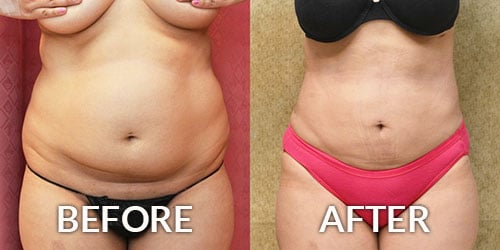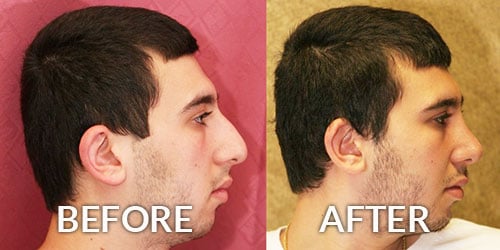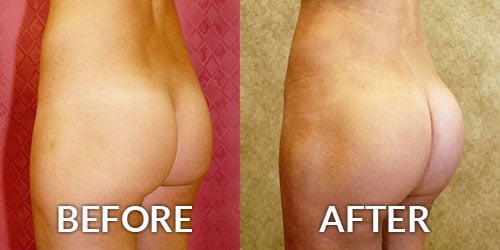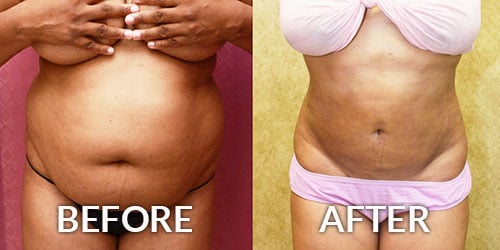Septal Deviation Surgery or Collapsed Septum Treatment
Consultations offered at our three convenient locations in Encino, Glendale and Bakersfield
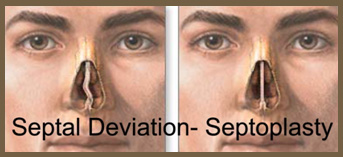
A septoplasty refers to technical manipulations of the nasal septum that is designed to straighten and repair it so that the septum stays in the midline and no longer blocks the nasal pathway. Besides a simple septoplasty septal cartilage grafting in the form of “spreader cartilage grafts” and “strut grafts” may also be used in order to repair and strengthen a collapsed or damaged septum. Because the nasal airway is influenced by both the septum and the inferior turbinates, it is very common to have to perform a reduction of the turbinates, or turbinectomy, in conjunction with a septoplasty.
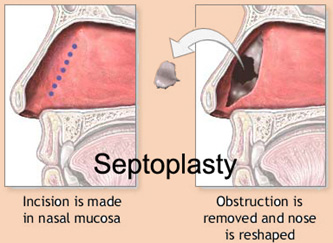
Nasal packing or Septoplasty Packing is a soft tampon that is placed on each side of the nasal septum after a septoplasty and turbinectomy for about 2 days, in order to reduce nasal bleeding and prevent intra-nasal adhesions.
The possible complications of septoplasty are recurrent septal deviation, development of septal spur, septal perforation, nasal bleeding, rhinorrhea, and internal nasal adhesions.
Septoplasty Recovery time is rather short and about 2-4 days. There is no facial bruising and patients are instructed to irrigate their nose after removing their nasal packing. During this period there is going to be some nasal bleeding or drainage. Patients are also kept on antibiotics for a few days to prevent nasal and sinus infections.
A septoplasty and turbinate reduction are often combined, because it is usually a combination of septal deviation and inferior turbinate enlargement that causes nasal obstruction. Therefore, a pair of inferior turbinates are resected or removed by a SMR Turbinectomy or Sub Mucosal Resection of Inferior Turbinates.

